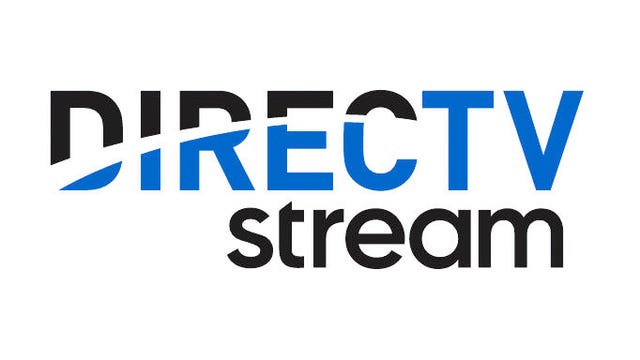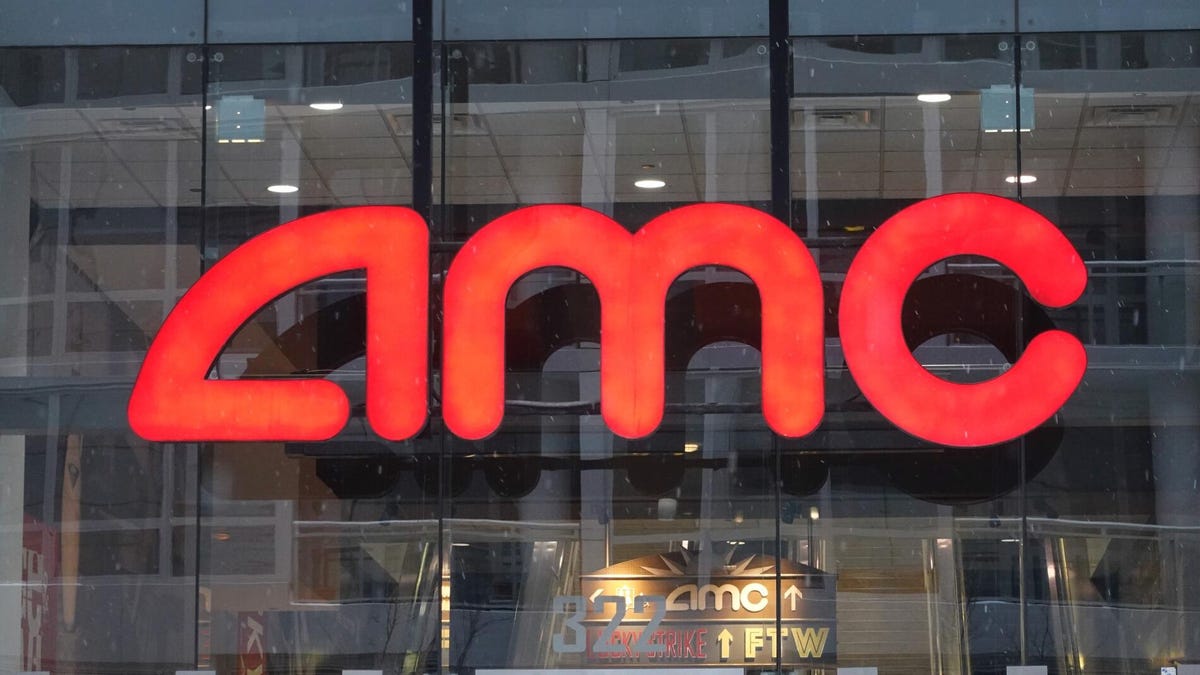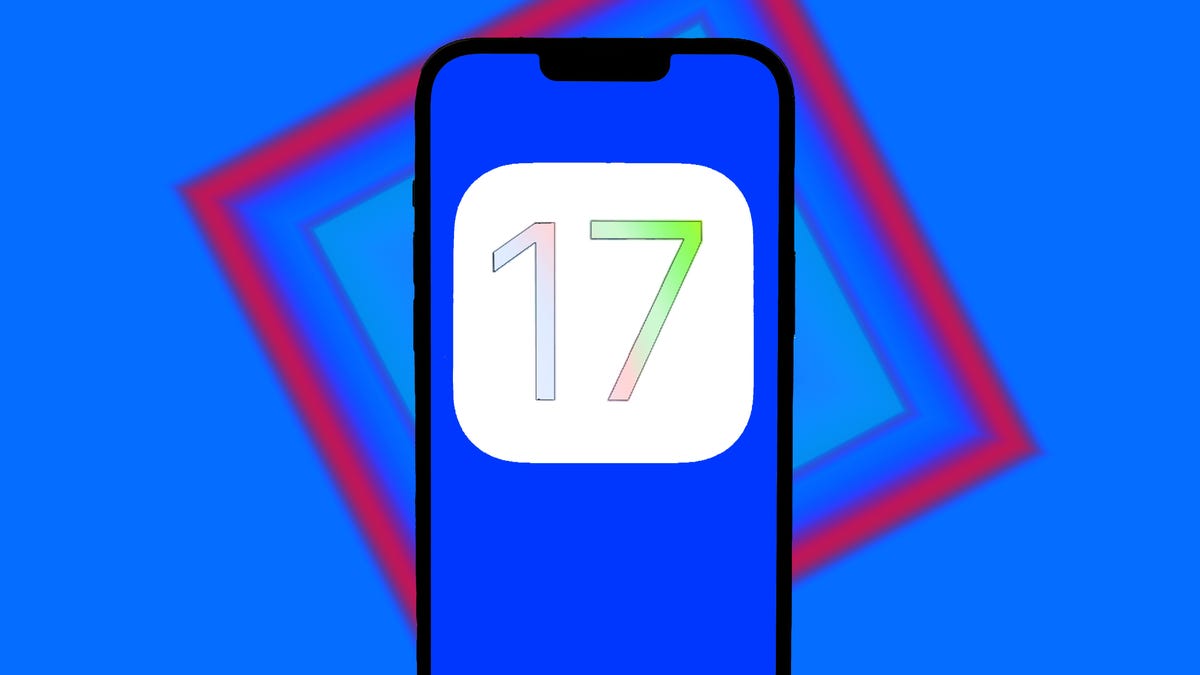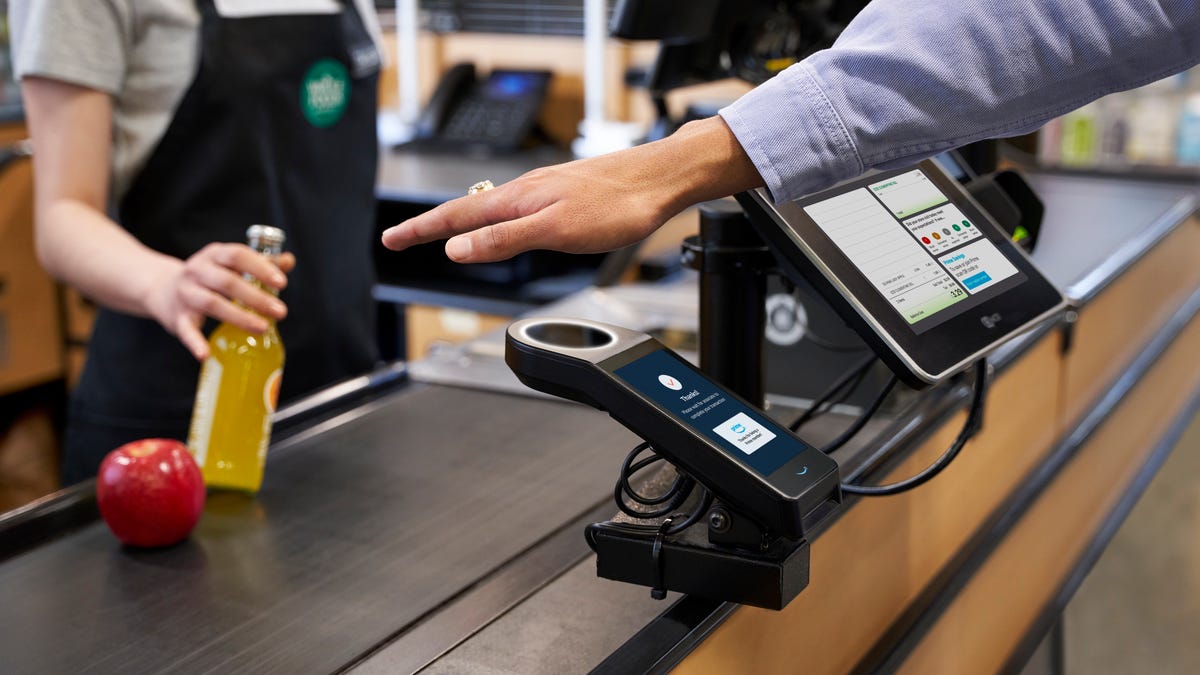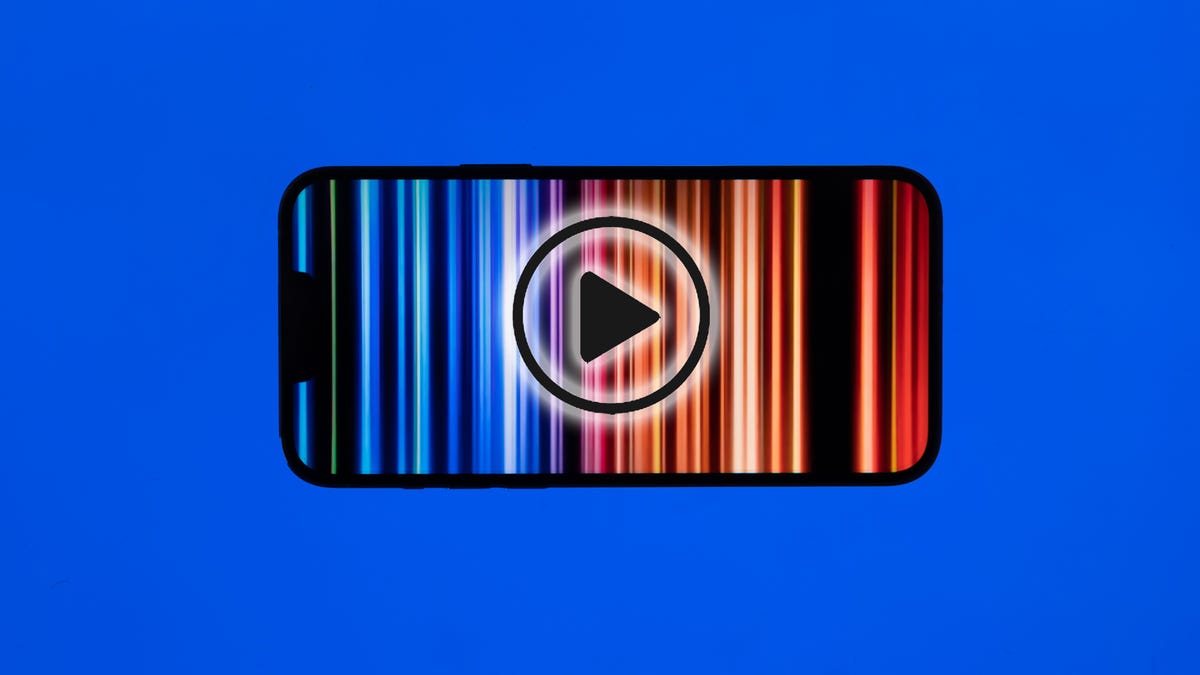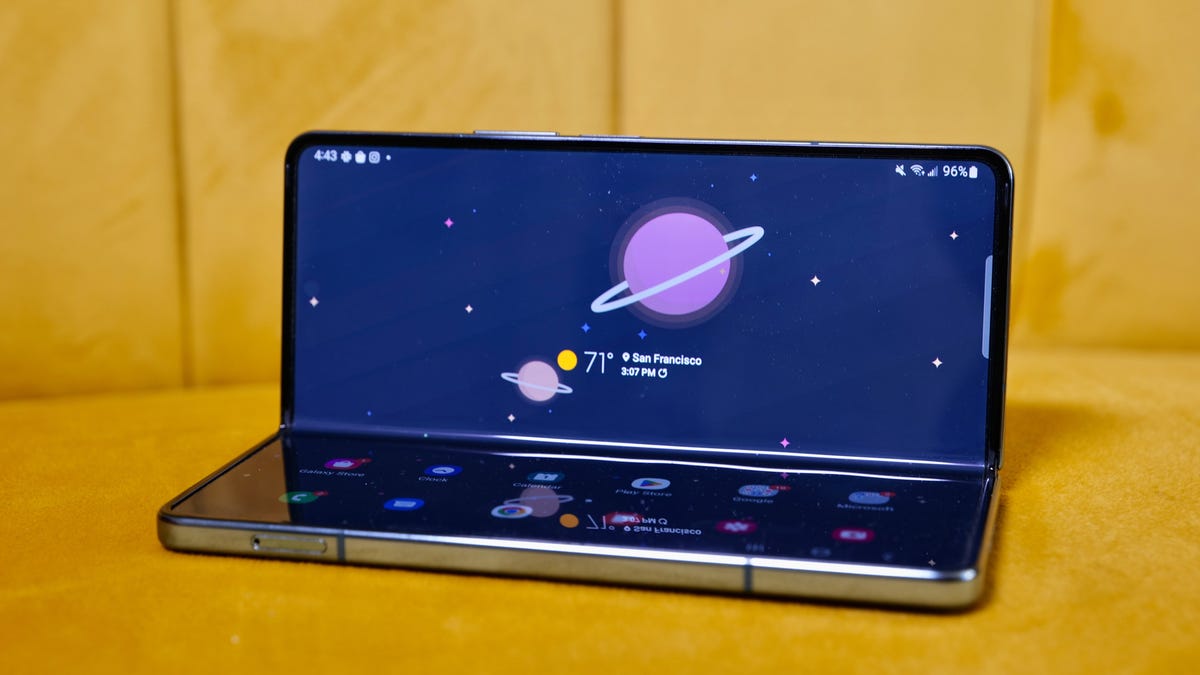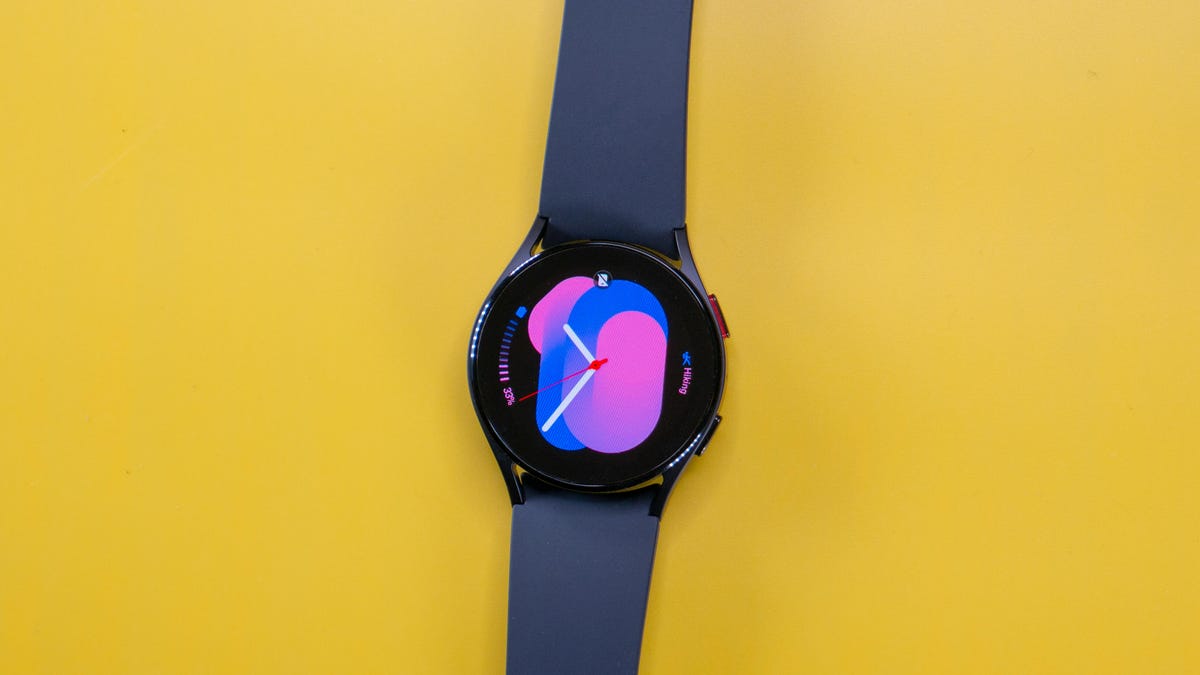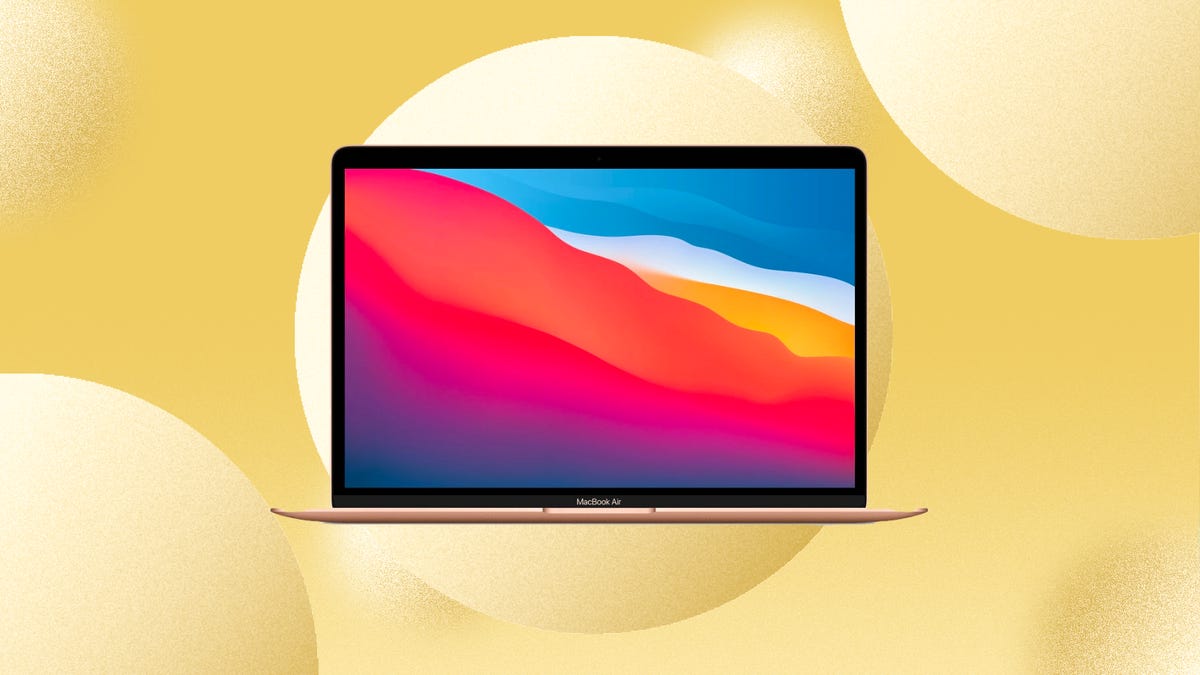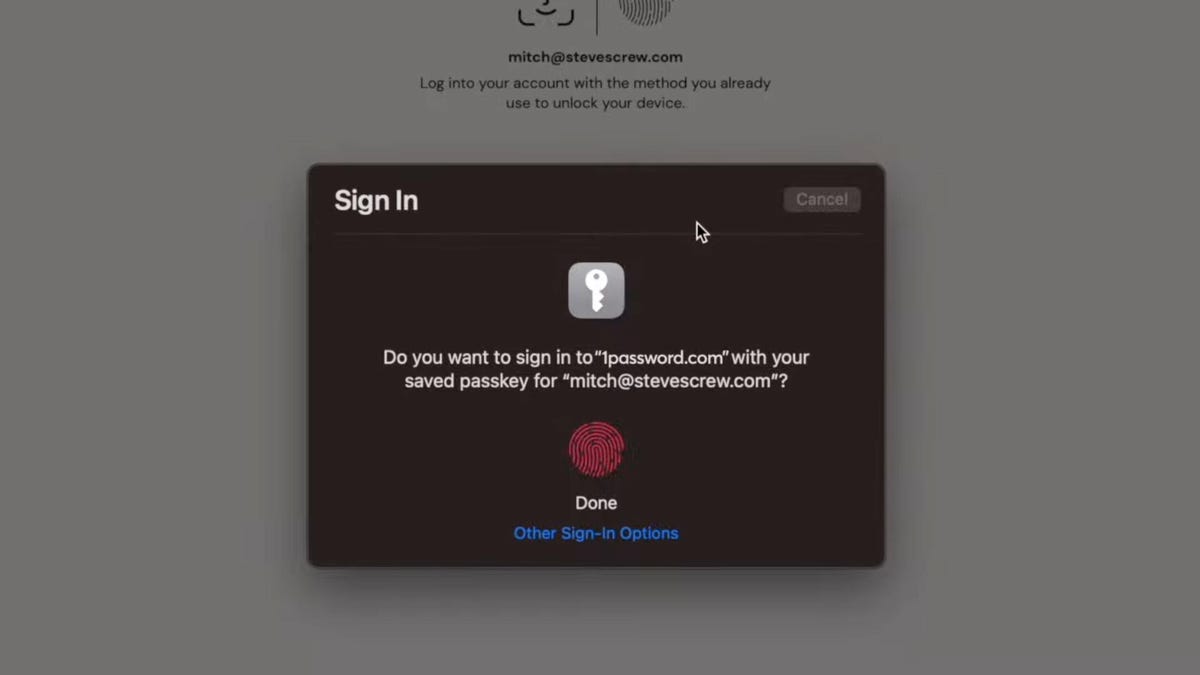It’s the final major of the season as the world’s best golfers descend on the Royal Liverpool course in northwest England for the 151st Open Championship.
Defending champion Cam Smith will be aiming to cling on to the iconic Claret Jug trophy from the likes of world No. 1 Scottie Scheffler, P.G.A. Championship winner Brooks Koepka and US Open champ Wyndham Clark.
Rory McIlroy will have high hopes of ending his nine-year wait for another major title as he heads to Hoylake on a high, following his triumph at last weekend’s Scottish Open.
The 2023 British Open runs from Thursday to Sunday. Keep reading to find out the best live TV streaming services to use to watch each day of the tournament live wherever you are in the world.

Livestream the British Open in the US
As mentioned above, linear TV coverage in the US is split between NBC and USA Network, while streaming service Peacock boasts comprehensive coverage of the entire tournament, with exclusive early round action, featured groups and featured hole coverage.
Four of the major live TV streaming services offer NBC and USA Network. The catch is that not every service carries every local network affiliate, so check each one using the links below to make sure it carries NBC in your area.
Livestream the British Open in the UK
Golf fans in the UK can watch the tournament live on Sky Sports. The tournament will be broadcast on its Sky Sports Golf channel. Coverage begins at 6:30 a.m. BST for Rounds 1 and 2, 12 p.m. for Round 3, and 11 a.m. for Round 4.
Livestream the British Open in Australia
The Open can be watched Down Under on Fox Sports via Foxtel. If you’re not a Fox subscriber, your best option is to sign up for streaming service Kayo Sports. Coverage kicks off at 3:30 p.m. AEST for Rounds 1 and 2, 7 p.m. for Round 3, and 6 p.m. for Round 4.
Stream the Open Championship 2023 in Canada
Comprehensive live coverage of the 2023 British Open will be available in Canada via TSN. Cord cutters can watch via the network’s streaming service TSN Plus. Coverage starts at 7 p.m. ET or 4 p.m. PT for Rounds 1 and 2, and at 7 a.m. ET or 4 a.m. PT for Rounds 3 and 4.
Quick tips for streaming the British Open using a VPN
- With four variables at play — your ISP, browser, video streaming provider and VPN — your experience and success when streaming the British Open may vary.
- If you don’t see your desired location as a default option for ExpressVPN, try using the “search for city or country” option.
- If you’re having trouble getting the tournament after you’ve turned on your VPN and set it to the correct viewing area, there are two things you can try for a quick fix. First, log into your streaming service subscription account and make sure the address registered for the account is an address in the correct viewing area. If not, you may need to change the physical address on file with your account. Second, some smart TVs — like Roku — don’t have VPN apps you can install directly on the device itself. Instead, you’ll have to install the VPN on your router or the mobile hotspot you’re using (like your phone) so that any device on its Wi-Fi network now appears in the correct viewing location.
- All of the VPN providers we recommend have helpful instructions on their main site for quickly installing the VPN on your router. In some cases with smart TV services, after you install a cable network’s sports app, you’ll be asked to verify a numeric code or click a link sent to your email address on file for your smart TV. This is where having a VPN on your router will also help, since both devices will appear to be in the correct location.
- And remember, browsers can often give away a location despite using a VPN, so be sure you’re using a privacy-first browser to log into your services. We normally recommend Brave.
